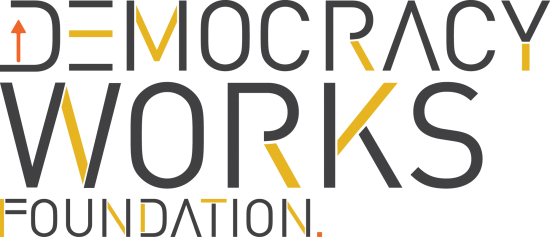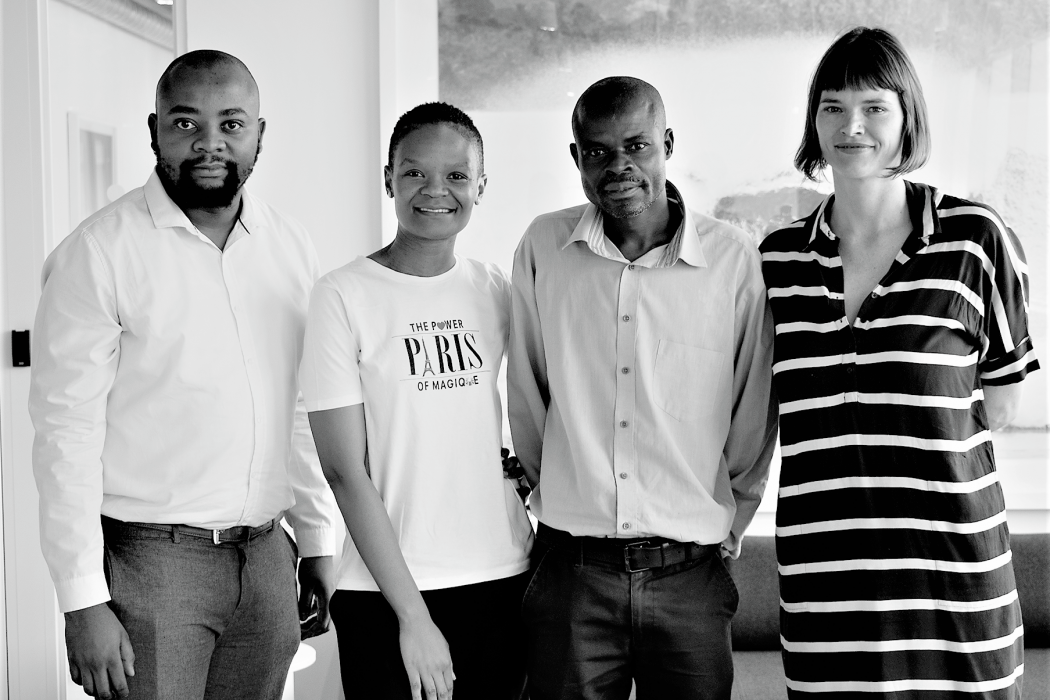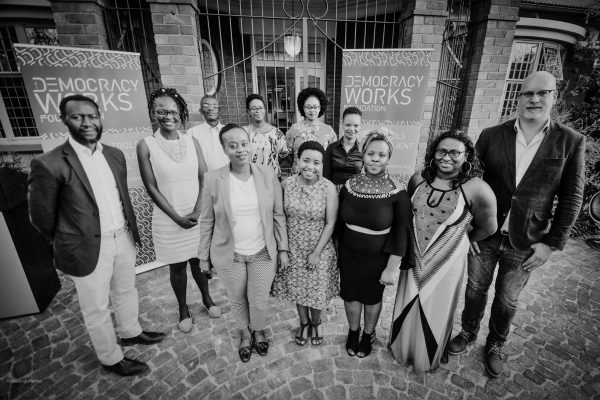As the Civil Society Participation in Provincial Legislatures (CSPPL) project draws to a close, Shirlane Douglas, who undertook the CSPPL project evaluation shares her insights on the project’s achievements, lessons and challenges. She also provides perspectives on prospects for civil society capacity building and for nurturing relationships with government structures.
CSPPL had two main objectives. Firstly, to build and strengthen the capacities of local civil society organisations’ engagement with provincial legislatures and to participate in their public proceedings. Secondly, to facilitate the building of relationships between local Civil Society Organisations (CSOs) and Members of Provincial Legislatures (MPLs) and co-create platforms for them to talk and engage.
Focusing on three provinces, Limpopo, Northern Cape and North West, the project did well in identifying an urgent need in the quest to strengthen community-driven oversight and accountability: namely to forge stronger cooperation between civil society organisations and MPLs in the provinces.
The theory of change also proved to be well constructed. As Shirlane succinctly put it, the theory is that “if we bring CSO’s and MPLs together, if we build both their capacity to talk to each other, and if we do so in a non-threatening way, or in a constructive bridge-building way, we can improve state responsiveness and accountability.”
There are things the project did particularly well. At the beginning of the project, many of the CSOs did not even know provincial legislatures existed. Accustomed to interfacing with local government councilors and dealing with the provincial executive, they did not know that they could target their advocacy and activism at their MPLs and structures of the provincial legislature including the public participation and communication units, various committees as well as constituency offices.
“In terms of the capacity building for CSOs I think this program shone. All of the CSOs are going, “we had no idea”… everyone’s gone from ‘we had no idea’ to ‘now, we have a map and we know where we’re going, we know who to talk to and now we can journey together’… I think all of the capacity building and training programs, all of the communication components of the program where CSOs were engaging with their own constituencies were very strong and I think building the platforms with the MPLs worked really well, particularly in the Northern Cape. And that’s just brilliant. It was just so empowering for your CSO beneficiaries. It really was a remarkable success,” Shirlane commented.
The project had to grapple with different political landscapes and power dynamics in the different provinces. A one size fits all approach was not an option for this project. While the CSPPL team enjoyed great success in building the capacity of CSOs across all three provinces, facilitating links with and capacity building for MPLs worked well in the Northern Cape but not so well in Limpopo and the North West.
Shirlane observed: “One understands that engaging in things like provincial legislatures is complex. It’s not just a matter of inviting MPLs in. It’s about how do you introduce yourself? What letters of introduction do you have? What credibility do you have to be able to engage with political structures? in the Northern Cape, you have a lot more competitiveness around the democratic process. Then you enter North West and Limpopo, where party political participation and adherence become the channels for communication with MPLs. So constituency offices, which should be absolutely your engagement between civil society and MPLs, are really often party political meeting areas.”
As a result of these challenges, the CSPPL team had to be agile and adapt, exploring and implementing different strategies at different points to realise the desired outcomes in the three provinces. In the Northern Cape, working with the public participation unit, with a champion in the person of the unit manager, proved successful. In Limpopo working with civil society organisations to put pressure on MPLs and committees on a particular issue worked better. Informal networks and partnerships between CSOs proved more useful in the North West.
This was a crucial lesson as Shirlane expanded: “What you must be able to do is integrate the understanding that there are different strategies that you use for gaining access, they range from invite strategies to pressure strategies. So, who do we put pressure on? Are we waiting to be invited? Are there different bridges between the two? So, it’s about developing your theory of change a little differently and not being quite so definitive that you’re going to be building bridges between MPLs and CSOs. You need to say that you are going to be building bridges between provincial legislature structures and leave it more open-ended and state why you are leaving it more open-ended. Because some political processes in particular provinces can be very ‘closed shops’ and others are a lot more competitive and open. One must analyse that with people in the legislature and say, how would we gain access? In your theory of change you then say: “these are the people and the strategies we’re going to target.”
These strategies need to be flexible and that needs to be reflected in the theory of change. What you then have to measure is: “did you succeed in building bridges between MPLS and CSOs in North West? The answer to that is: “To a very limited extent.” Had we asked: “Did you succeed in some form of relationship-building there?” The answer to that is yes, but also more in the informal networks – not necessarily in the formal ones. So, the reality is more complex and I think the theory of change was a little too simplistic on that front.”
Overall, measuring whether state responsiveness and accountability to the public have improved is not easy. It was very bold for CSPPL to set out to achieve this kind of impact. Although there was no comprehensive baseline identifying attitudes, perceptions and behaviors, the project certainly did have a tangible and visible impact on accountability and responsiveness.
“A good example is the Limpopo project on the stock-outs of medicine. Another good one was taking advantage of the Covid-19 experience, pressuring or supporting provincial legislatures, to put a lot of civil society engagement processes online, which they did. They also engaged with civil society, through information technology, which sped up these critical processes.”
Shirlane praised CSPPL for its agility and ability to adapt and switch strategies throughout the lifespan of the project. In particular, the project used the national state of disaster and lockdown necessitated by the Covid-19 pandemic, to gain traction with provincial legislatures.
“Power dynamics changed during Covid-19. Provinces needed the CSOs, suddenly more than the CSOs needed the provinces… to be their infrastructure for delivery of disaster management resources.”
Because CSPPL had already built relationships with CSOs it became easier to bring MPLs on board. Despite MPLs being generally difficult to access, by being innovative about using technology to meet MPLs where they were and empower them through virtual training, CSPPL used the lockdown to its advantage.
“I could get two interviews with MPLs in two months. So, when we talk of accessibility of MPLs I mean the very evaluation itself just reflected that [they are difficult to reach], but they did respond very well to the virtual trainings,” Shirlane reflected.
Through the support provided by CSPPL, MPLs were able to see the value of information technology and how they could use it to have meetings, reach their constituencies and do their work. Shirlane further noted how the pandemic context democratised civil society access and engagement with provincial legislatures and that using virtual and hybrid platforms worked well, especially in the Northern Cape.
“The project really supported the public participation office. I think this is one of the roles of the NPO sector working in this space: to strengthen the voice of those who are working desperately hard with very little resources within the provincial legislatures. I think that what they [CSPPL] did successfully was to provide technical support, advise and links to resources to the public participation unit in the Northern Cape. The manager of that Unit really was in charge of that program and had ownership of it. That really worked very successfully as an entry point and as a strategy to overcome other challenges. I don’t think many people understand how stretched provincial legislatures are in terms of time and resources and vast areas that need to be covered with very few, not only MPLs but also officials that actually take their work seriously.”
A major takeaway from the project is that it is important not to be rigid in the development strategies, projects such as CSPPL develop to achieve their objectives.
While the competitive political context in the Northern Cape allowed for CSPPL to work closely with the public participation unit and build relationships with MPLs through this partnership, in Limpopo the strategy of working with CSOs to put pressure on MPLs to address a specific issue of concern, worked better.
“You have to develop different strategies to deal with the various levels of openness that are found in these types of institutions. So, you know you are going to go into a more competitive open environment where you can find genuine champions, like in the Northern Cape, versus a very closed, gate-kept environment that also has elements of fear to it, where CSOs feel that they might get locked out. I think the Limpopo strategy worked well in terms of the Treatment Action Campaign (TAC). So, if you are going to be in a very closed environment, maybe then you need to look for critical CSOs and the issues they are facing. You would help them to develop a “pressure strategy” than an invitation-based one. In closed environments, you can expect that CSOs will not be invited but you can expect them to be able to put pressure on the public representatives in such a manner that change is affected, which is what they managed to do with the stockouts of medications in Limpopo. At the very least they got heard around the issue of stockouts, allowing for a different set of strategies along the spectrum of activism and dialogue, depending on what is required.”
In her evaluation, Shirlane emphasised that having the right skills in the field to keep a project like CSPPL running is critical and commended the quality of the team in making the project a success.
“The quality of skills that were brought in on the ground is good. It started with capacity to build relationships with CSOs and provincial legislatures. These are the team members that kept this program going and worked tirelessly to deliver on commitments. Also bringing in the necessary leadership to make sure that the objectives of the project were achieved was indispensable. And so now at the end of the day, despite Covid-19 and some serious challenges, this program is definitely a success.”







